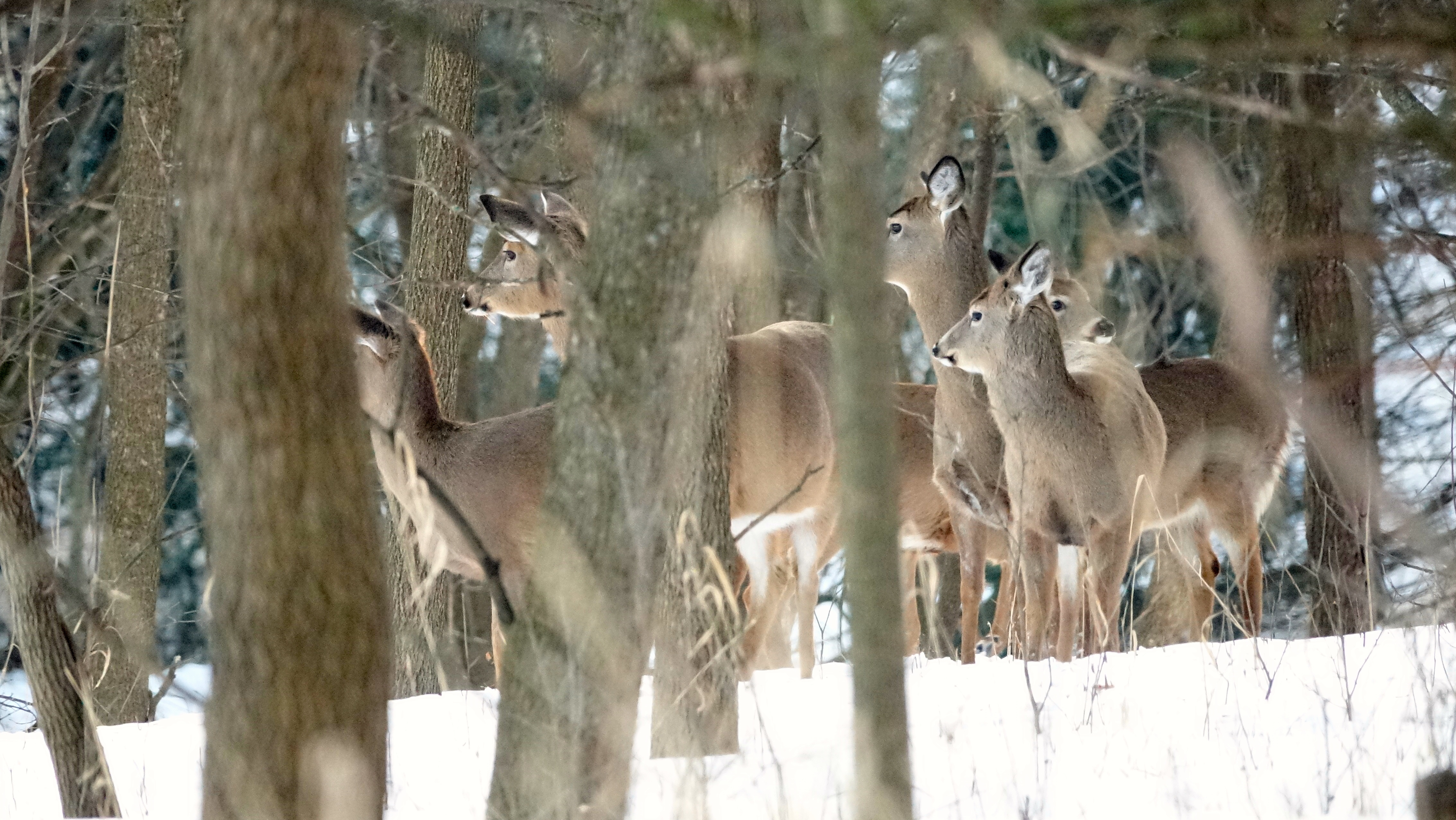Amid discovery of CWD in Beltrami County, U researchers investigate extent of possible contamination
August 13, 2021

When a deer carcass dump site was discovered in Beltrami County in late April, a myriad of stakeholders held their breath and awaited news from University researchers as to whether the always fatal chronic wasting disease (CWD) would be confirmed for the first time on land outside of a deer farm in the reaches of northern Minnesota, just to the northwest of the Chippewa National Forest.
Days later, news came: one of the initial samples tested positive, meaning the easily communicable disease which is viable for years in the environment was now present on county land, threatening a large white-tailed deer population and the multimillion dollar economic benefit it feeds.
It’s during emerging disease flashpoints like this that the unique value of the Legislative-Citizen Commission on Minnesota Resources (LCCMR) is brought to bear in service of the health of Minnesota’s wildlife, natural environment, and economy. The commission nimbly recommended the Minnesota Environment and Natural Resources Trust Fund award $108,000 in emergency funds to the Minnesota Center for Prion Research and Outreach (MNPRO) to collect, test, and analyze the full scope of the dump site remains. It was a good move: MNPRO experts have been blazing the trail in CWD research and testing, having developed novel forensic testing methods that allow scientists to detect the disease more efficiently than ever before.
"Although the presence of a CWD-positive carcass at the dump site is news none wanted to hear, the site now serves as an opportunity for us to learn more about the environmental persistence and transmission of CWD,” said MNPRO Co-Director Tiffany Wolf, DVM, PhD, in the College of Veterinary Medicine’s Department of Veterinary Population Medicine. “We are grateful that the members of LCCMR also recognized this opportunity."
That expertise is crucial now, as MNPRO and other state and local agencies critical to the fight against CWD mitigate any potential spread in those idyllic Beltrami pine forests and wetlands—and beyond.


